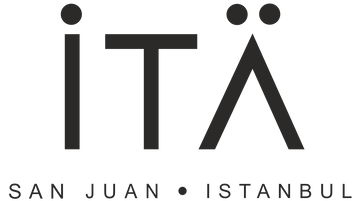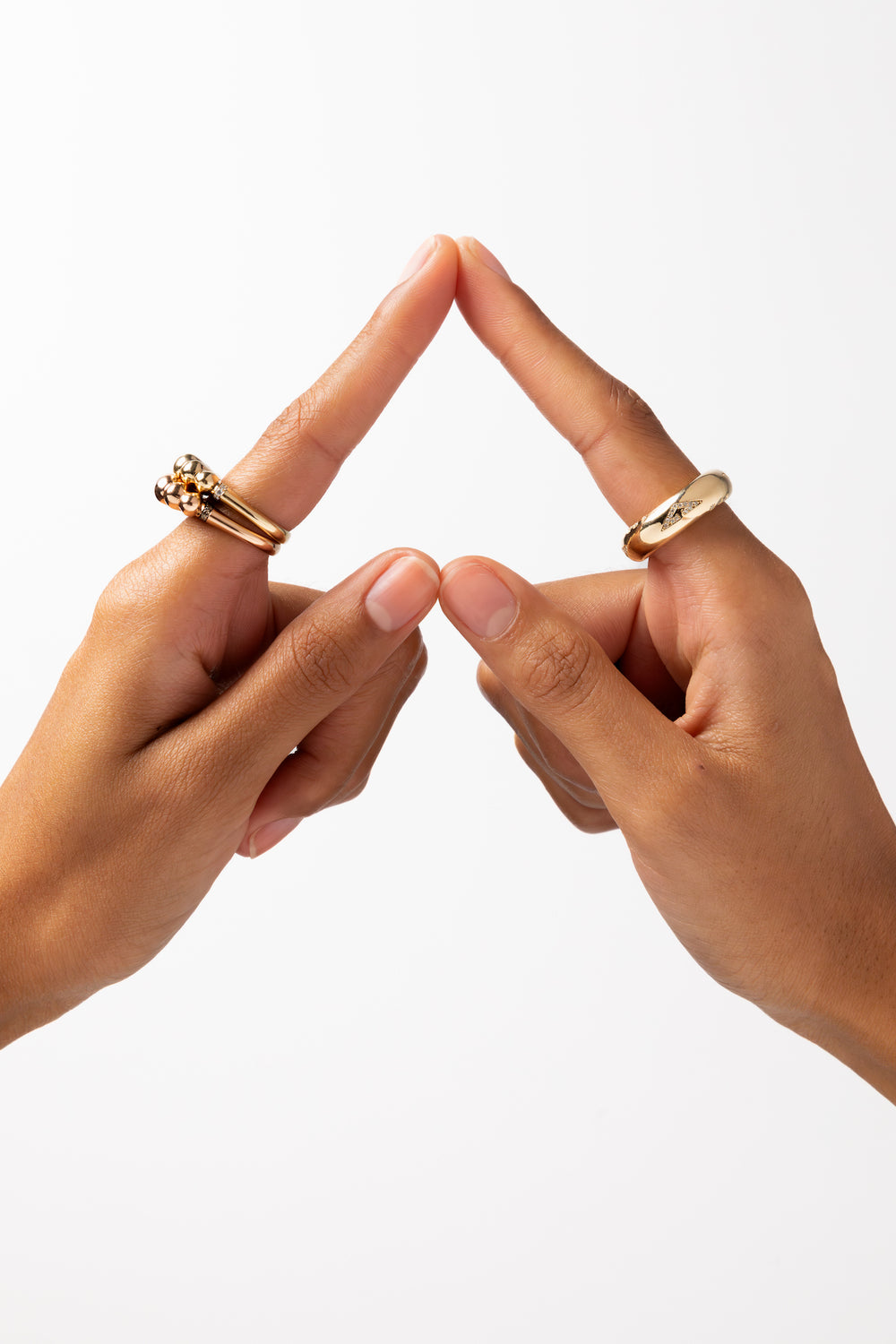She who birthed me
She who birthed you
Birthed the ocean the sun and the moon
Birthed herself and the world you call home
- By Paola Capó-García

Petroglyph, Centro Ceremonial Indígena de Caguana
***
She’s the origin of the Sun and the Moon, the bringer of gentle rains and powerful winds. She’s the spirit of fertile, bountiful nature. The greatest of all mothers—so great that she had to give birth to herself.
Atabex, or Atabey, is perhaps the most important and recognized Taíno deity. Through her various manifestations, she was the mother of the Taíno people's principal god – Yocahú. In Taíno culture, the amount of names given to a living being denoted its level of importance in society as well as the universe. Atabey-Yermao-Guacar-Apito-Zuimacao had more names than any other being.
Fascinated by the concept of the creation of life, the Taíno revered the uterus and they incorporated symbols of this treasured organ in much of their art and overall religion. It is believed, caves served as sacred, concrete symbols of this concept– legend says the first Taíno men and women emerged from caves.
We can learn a lot from our Taíno history. Family traditions were matrilineal— inheritance, residence, ancestry and claim to power all came from the mother’s line. Colonizers tell stories of the many cacicas (women chiefs) of the Caribbean and their leading roles in wartime activities— with one account telling of countless Taíno women swimming the sea and shooting arrows with great speed and precision from the water. Active and leading participation of women in the economy, rituals and collective decision-making were also widely reported by the historian colonizers.
Of course, this is not to say that patriarchal traditions did not exist in their society. It surely was not totally egalitarian and unfortunately, we only have the written history of Spanish settlers to reference. It is understood, only men could pick gold, for example. But, as we continue to learn more about the Taíno, it makes us wonder, what would it be like for women today if their traditions had survived our colonizers and persisted?
Today, society continues to turn a slow page on its representation of women. But Atabey and our Taíno history have been there all along, keeping us in check. It's up to all of us to keep it alive.
(In honor of International Women's Day)
Inés + Afet
“[w]hatever becomes of Taíno resurgence moving forward, its survived and rekindled spiritual expressions point to a desired and needed world where: the future is ancestral, the future is ancient, the future is Atabey”
- Christina M. Gonzalez, PhD Sociocultural Anthropology, University of Texas at Austin and curatorial assistant and advisor on the 2018 exhibition Taino: Native Heritage and Identity in the Caribbean at the Smithsonian Institution.


